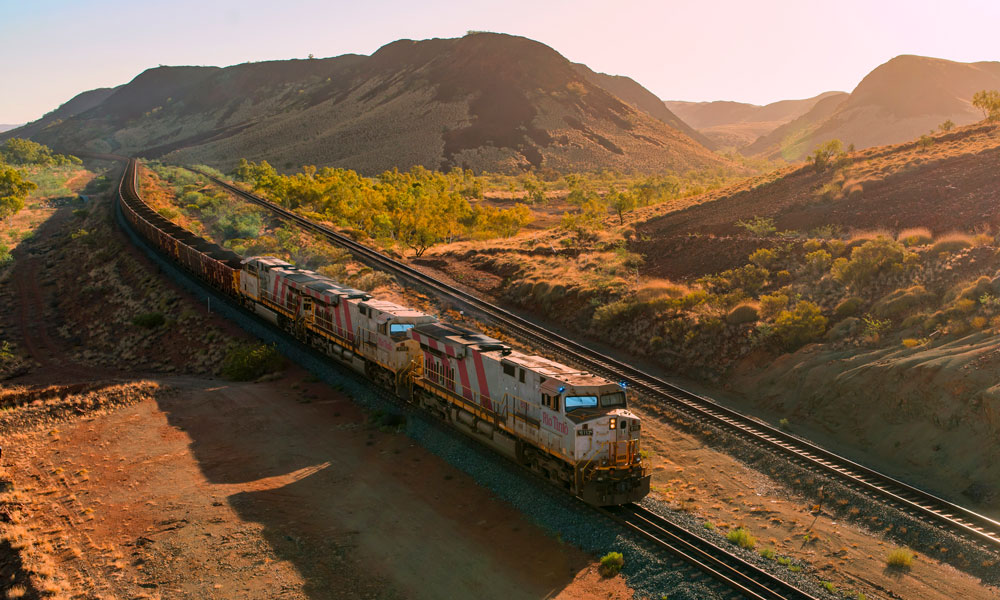Transport is Australia’s third largest source of greenhouse gas emissions, contributing 17 percent of the country’s overall carbon output. While, the sector has made vast improvements in recent years, dropping its emissions contribution by two percentage points since 2019, there is still a significant amount of work to do.
One new initiative by the Clean Energy Regulator is set to accelerate this shift by incentivising the industry’s use of clean hydrogen. Under the scheme, new ‘methods’ for Australian Carbon Credit Units (ACCUs) could mean transport fuel suppliers and operators make money for every tonne of carbon dioxide equivalent (Tco2-E) they abate via clean hydrogen initiatives.
The scheme will add to the Emissions Reduction Fund’s existing incentives for broader carbon abatement activities, including carbon capture, energy efficiency, and reducing waste sector emissions.
Legislative rules
An ACCU is a ‘financial product’ under the Corporations Act 2001 and the Australian Securities and Investments Commission Act 200151. As such, there are legislative rules around how they are measured, created and verified.
The Clean Energy Regulator (CER) is currently undertaking a co-design process with industry, experts, and government stakeholders to establish how hydrogen-based ACCUs will work.
“The co-design process allows us to work through how these instruments will operate in practice and assess what is permissible within the overarching legislative framework,” said CER Manager Megan Surawski.
Anticipated applications
On top of this, the agency is exploring how the new method could support the use of hydrogen fuel cell usage in a variety of transport applications, including the mining and gas sectors.
Surawski says significant scoping work is still required to determine the practicalities of hydrogen applications in transport but is encouraged by progress to date.
“An ACCU for supplying hydrogen to the transport sector is an exciting prospect providing a new and cleaner energy source for transport applications,” she said.
Anticipated challenges
With the clean hydrogen sector still in relative infancy, the incentive structure will play an important role in promoting experimentation within the transport industry. However, some companies may need additional encouragement, with hydrogen posing logistical challenges for certain operations.
Principal Engineer of Rio Tinto’s Autohaul project, Dr. Paul Nicholson, said his company has so far ruled out clean hydrogen technology for a new fleet of locomotives it is currently progressing. An incentive structure would not change that decision, he said.
“Rio needs its entire energy supply chain to decarbonize – from power generation to power consumption – and is on track to achieve its target of 50 percent emissions reduction by 2030. Hydrogen is almost certain to have some role to play in this in the future – but unlikely onboard locomotives given the storage limitations. Hence we are looking at battery electric locomotives instead,” he said.
The current scale of the hydrogen supply chain has also been flagged as a concern. However, Dr Alan Finkel, who recently advised Prime Minister Scott Morrison and Energy Minister Angus Taylor on the Low Emissions Technology Roadmap believes utility scale hydrogen may be around the corner.
“Guided by government initiatives like the National Hydrogen Strategy and the Low Emissions Technology Roadmap, this is certainly looking more possible each day,” he said in a recent interview. “[…] We expect that with greater clarity [on hydrogen policy], the private sector will invest $3-5 for every $2 spent by government.”
Hear more from Megan Surawski and Dr. Paul Nicholson about the carbon abatement activities that are reshaping transport at the 11th Annual ARA Heavy Haul Conference, hosted by Informa Connect.
Ms. Surawski will share important updates about the Emissions Reduction Fund, while Dr. Nicholson will give insights into Rio Tinto’s abatement priorities.
This year’s event will be held 6-7 April at the Ritz-Carlton Perth.
